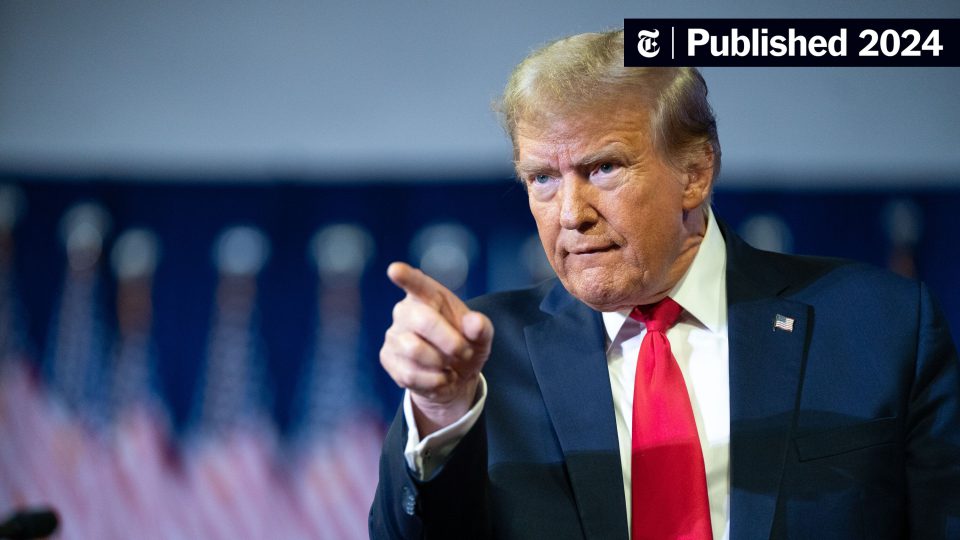Brent Crude Oil May Hit $82 by Year-End as Trump Sanctions Threaten Global Supply Stability
Brent crude oil is expected to rise to $80–82 per barrel by the end of 2025, as growing geopolitical tensions triggered by former US President Donald Trump’s aggressive stance against Russia threaten to unsettle global oil markets. Analysts have warned of renewed volatility, with the possibility of oil prices touching triple digits if sweeping sanctions are enforced. Trump’s recent declaration of strict sanctions and 100% secondary tariffs on countries continuing trade with Russia has raised red flags for oil-importing nations and global investors alike.
According to oil market experts, the price trajectory of Brent crude could be significantly impacted by geopolitical developments. NS Ramaswamy, Head of Commodities and CRM at Ventura, stated that Brent futures for October 2025 are poised for a short-term target of $76 per barrel, but have the potential to reach $82 if market support holds above $69. Meanwhile, WTI crude, currently priced at $69.65 for September 2025 contracts, is projected to climb to $76–79 per barrel within the same timeframe. These forecasts are based on current technical patterns and supply-demand scenarios, but the growing uncertainty around global sanctions could reshape the trend.
The primary market concern stems from Trump’s hardline approach to the Ukraine conflict and his push for comprehensive sanctions against Russia. If these measures are enacted, they could severely limit the availability of Russian oil on the global market. Russia currently exports around 5 million barrels of crude oil per day. Any disruption to this supply would not only drive up global prices but also exert inflationary pressure on major economies. Senior energy analyst Narendra Taneja highlighted the risk, stating that in the event of a full-scale disruption, crude oil could spike to $100–120 per barrel. While India, a key importer of Russian crude, might avoid supply shortages due to its diversified sourcing from over 40 countries, the cost to consumers would rise due to higher premiums on alternative oil supplies.
India has benefited significantly from discounted Russian oil since 2022, which has helped in containing domestic inflation and supporting refinery margins. However, a forced pivot away from Russian barrels, prompted by US-led sanctions or international pressure, would mean higher import costs. Moreover, such a shift could expose Indian refiners to additional tariffs in export markets, making their products less competitive globally. The risk extends beyond just India—other nations dependent on Russian crude may face similar challenges if sanctions tighten and trade channels shrink.
The global oil market is already grappling with tight spare production capacity. Even if OPEC+ members or Saudi Arabia attempt to stabilize the market by increasing production, analysts say logistical delays and political hesitations could slow the response. This limited flexibility could worsen the impact of any supply shock, especially in a politically charged environment. If the situation escalates, oil prices could remain elevated through 2026, with knock-on effects across fuel pricing, transportation, inflation, and monetary policy worldwide.
Investors, governments, and energy companies are now closely monitoring further developments from Washington and Moscow, as any move toward enforcing secondary sanctions could reshape oil trade dynamics for years to come. Market participants are also evaluating hedging strategies and policy responses to minimize the impact of a potential price surge and maintain energy security in the face of geopolitical instability.
For video coverage and latest updates, visit our YouTube channel THE OLIGO.

